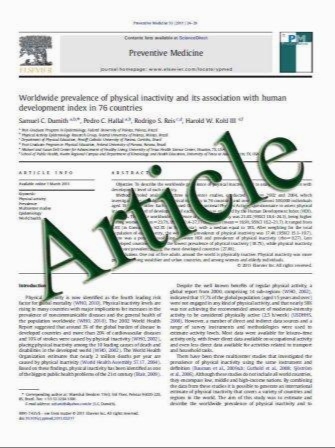The nature of backbone monomers determines the performance of imprinted soft contact lenses as timolol drug delivery systems
- نوع فایل : کتاب
- زبان : انگلیسی
- مؤلف : Haruyuki Hiratania, Carmen Alvarez-Lorenzob,*
- چاپ و سال / کشور: 2003
Description
The influence of the composition of soft contact lenses on the achievement of a significant increase in drug loading and control release capability was evaluated. Four types of timolol imprinted lenses were prepared by UV irradiation of N,N-diethylacrylamide (DEAA), 2-hydroxyethylmethacrylate (HEMA), 1-(tristrimethyl-siloxysilylpropyl)-methacrylate (SiMA) and N,N-dimethylacrylamide (DMAA) (50:50 v/v), or methylmethacrylate (MMA) and DMAA (50:50 v/v) solutions, to which functional monomer, methacrylic acid (MAA, 100mm), cross-linker, ethyleneglycol dimethacrylate (EGDMA, 140mm), and timolol maleate (25mm) were previously added. Non-imprinted systems were synthesized in the same way but with the omission of timolol. Timolol did not interfere in the polymerization process and all lenses were optically clear and, once wet, showed adequate mechanical properties; nevertheless, the lenses significantly differed in temperature of glass transition (estimated by differential scanning calorimetry and oscillatory rheometry), equilibrium water content and drug loading and release properties. Regarding timolol overall affinity (SK), estimated after fitting the Langmuir equation to the adsorption isotherms obtained in water at 37C, the lenses ranked in the order HEMA>SiMA–DMAA>MMA–DMAA>DEAA. The highest imprinting effect, i.e. the greatest relative increase in overall affinity (SK) respect to non-imprinted systems, was obtained for the last two systems. These results are explained by interaction capability with timolol, conformational features and hydrophilic character of the lenses. Although all lenses (imprinted and nonimprinted) showed sustained release in 0.9% NaCl solution, the values of diffusion coefficients confirmed that timolol molecules move out easily from hydrophilic networks that present low affinity for the drug; i.e. MMA–DMAA and SiMA–DMAA lenses. The results obtained indicate that modulating the composition of the lenses it is possible to adapt the drug loading and release behavior of the lenses to the treatment requirements of specific pathological processes.
0142-9612/$ - see front matter r 2003 Elsevier Ltd. All rights reserved. doi:10.1016/S0142-9612(03)00622-7 Received 2 May 2003; accepted 22 July 2003


